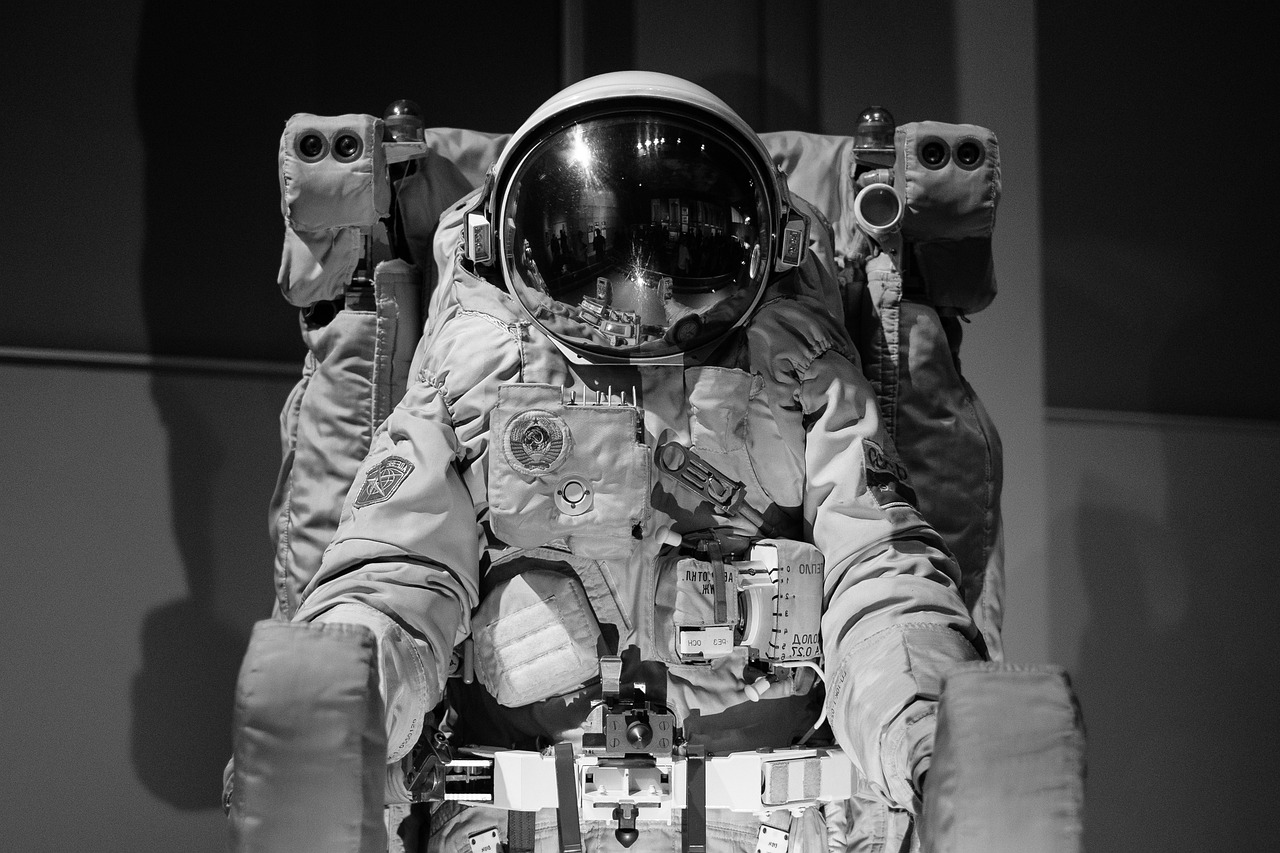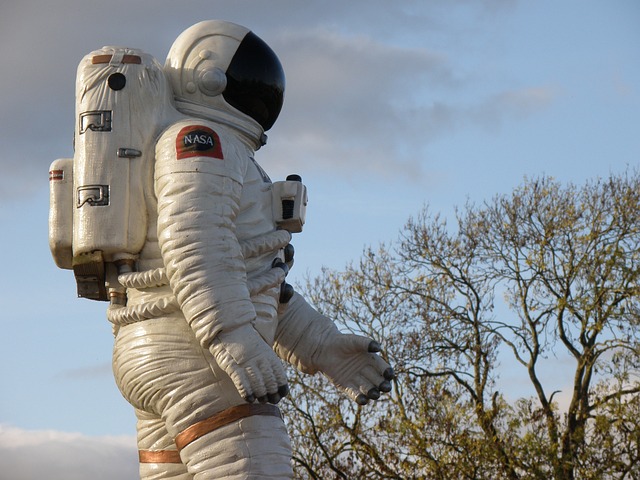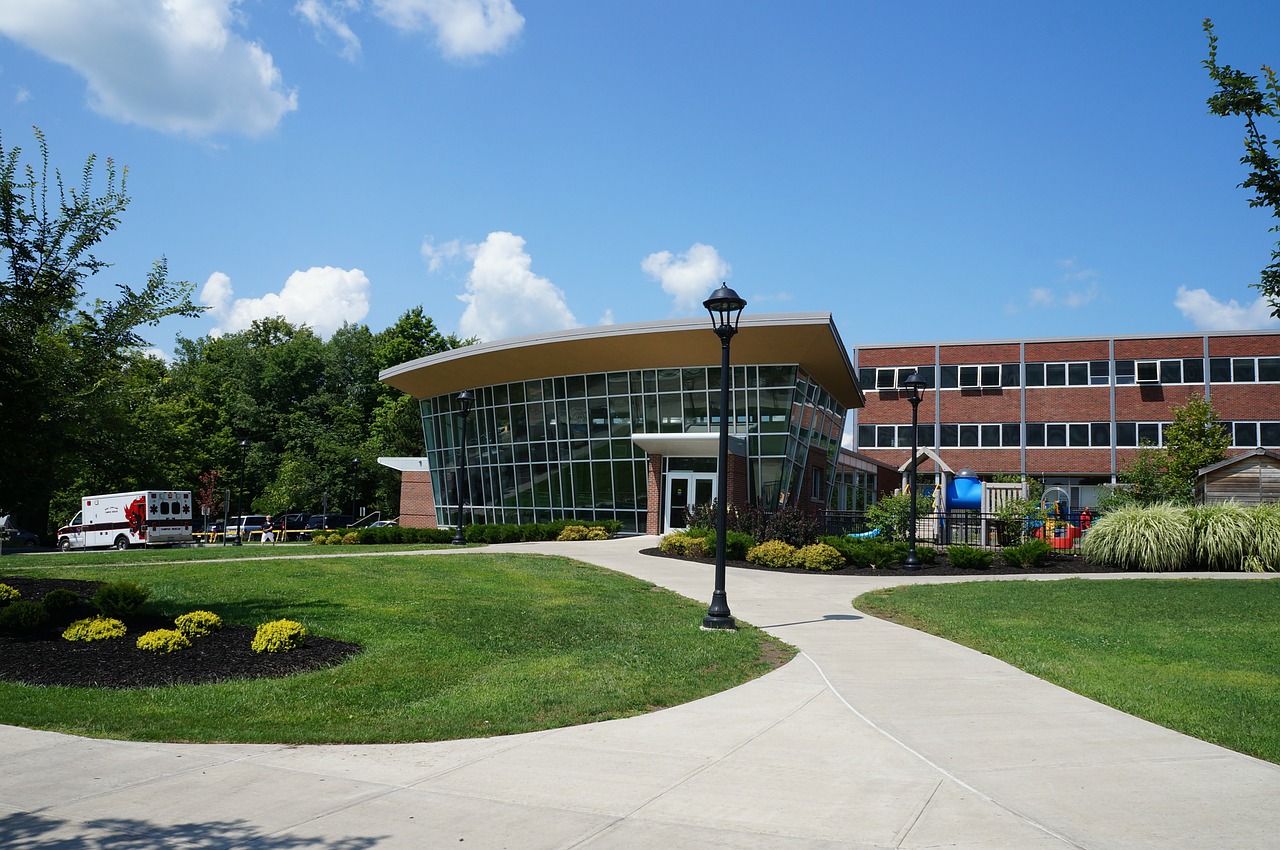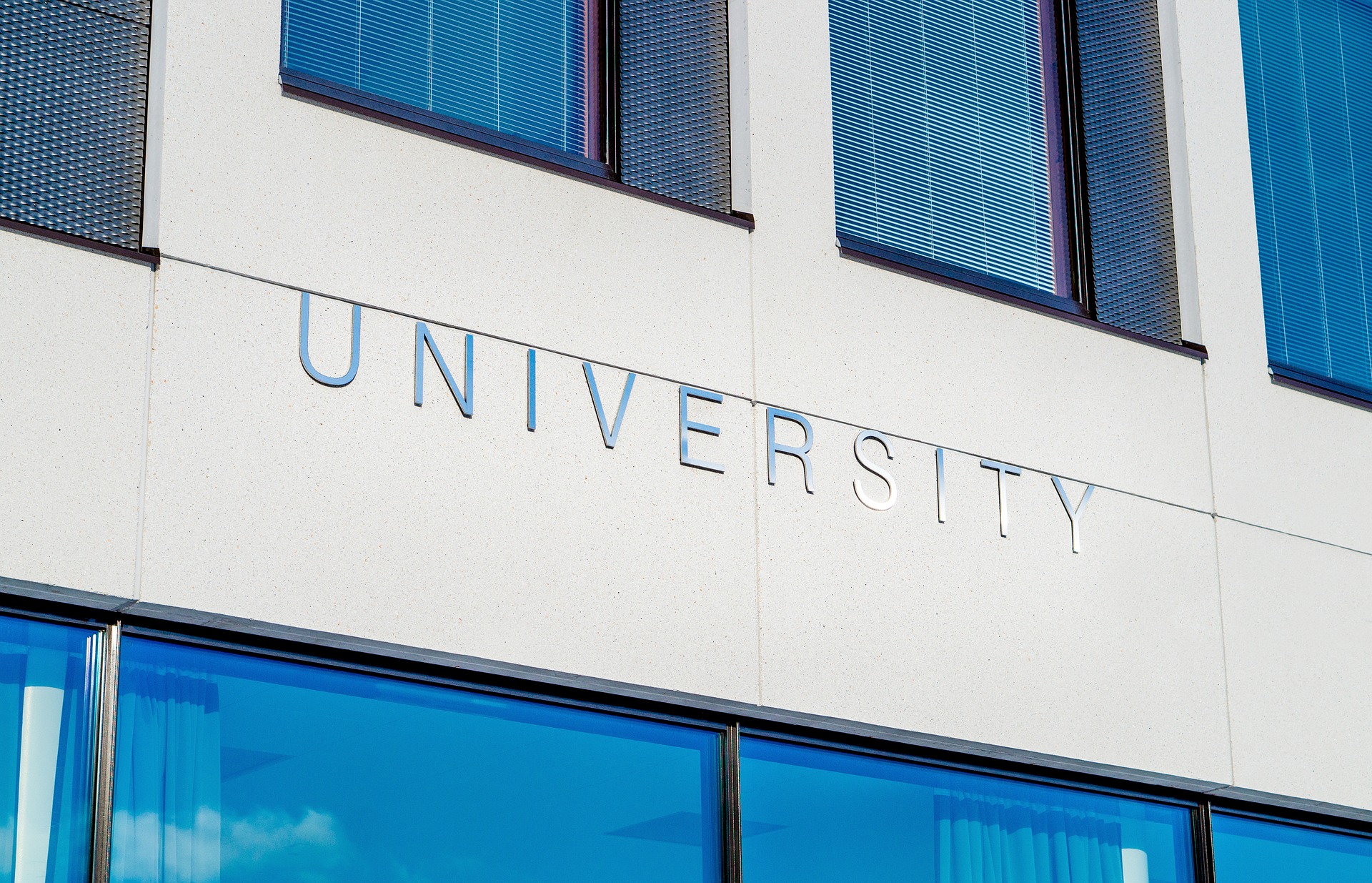Ask any student what they dread most after a long day at school, and chances are you’ll hear one word: homework. For generations, homework has been a staple of education, seen as essential for reinforcing learning and building discipline. But as teaching methods evolve and digital tools change the way students absorb information, many are starting to ask: Is homework still necessary? Or is it an outdated concept that needs a serious rethink?
Homework in the Age of Digital Learning
Classrooms today look nothing like they did a few decades ago. Online resources, learning apps, and smart technology have completely transformed the educational experience. Students can now watch lessons on YouTube, collaborate on Google Docs, and get instant answers from AI-powered tutors. With so much learning happening outside the traditional classroom—and often in real-time—the question becomes whether additional take-home assignments still serve a purpose, or if they just add to student burnout.
The Case Against Traditional Homework
One of the biggest criticisms of homework is that it often leads to stress and exhaustion, especially when it piles up across multiple subjects. Critics argue that homework doesn’t always translate to better understanding or academic success—especially when students are simply completing worksheets or copying answers to meet deadlines. Plus, it can create inequality, since not all students have access to the same support or quiet spaces at home. In many cases, it feels more like busywork than meaningful learning.
The Argument for Keeping Some Homework

Of course, not everyone is ready to ditch homework completely. Supporters argue that it teaches valuable life skills, like time management, personal responsibility, and independent problem-solving. When designed thoughtfully, homework can reinforce classroom learning and help students practice concepts at their own pace. The key, some say, isn’t to eliminate homework but to reinvent it—making it more engaging, relevant, and balanced with students’ overall workload and well-being.
Alternative Approaches Are Gaining Ground
Schools around the world are already experimenting with homework alternatives. Some are replacing traditional assignments with project-based learning, where students explore topics they’re passionate about and present their findings creatively. Others are focusing on “flipped classrooms,” where students watch lectures at home and use class time for discussion and problem-solving. These methods aim to make learning more interactive, personal, and collaborative—without relying so heavily on nightly homework sessions.
Students (and Parents) Are Speaking Up
It’s not just educators and researchers weighing in on the future of homework—students and parents are increasingly vocal about their needs and frustrations. Many families are pushing for less homework and more time for rest, hobbies, and social interaction. With mental health now a central concern in education, schools are being challenged to find a better balance between academic expectations and student well-being. And for many, reducing or rethinking homework is a big part of that equation.
Homework isn’t going away overnight, but its role in education is shifting. As learning continues to evolve, so should our approach to what happens after the school day ends. Instead of asking if homework should exist at all, maybe the better question is: how can we make it meaningful, manageable, and truly supportive of student growth? The future of homework may not involve more hours at the kitchen table—but it might just lead to better, smarter learning for everyone.…






 The first way to reduce the cost of studying abroad in Japan is to find a scholarship or study grant. Many organizations offer financial assistance for students who want to study in Japan. Do your research and look for scholarships that fit your needs and qualifications. Some examples of scholarships for study in Japan include The Japan-United States Friendship Commission (JUSFC) Fellowship Program, The Association of Teachers of Japanese study abroad grants, and The Rotary Foundation Ambassadorial Scholarships. Applying for a scholarship is lengthy and competitive, but it will be worth it in the end.
The first way to reduce the cost of studying abroad in Japan is to find a scholarship or study grant. Many organizations offer financial assistance for students who want to study in Japan. Do your research and look for scholarships that fit your needs and qualifications. Some examples of scholarships for study in Japan include The Japan-United States Friendship Commission (JUSFC) Fellowship Program, The Association of Teachers of Japanese study abroad grants, and The Rotary Foundation Ambassadorial Scholarships. Applying for a scholarship is lengthy and competitive, but it will be worth it in the end.
 One of the best parts about studying abroad is meeting new people from all over the world. One way to do this is to get involved on campus. There are usually many clubs and organizations you can join. They are often free or have very low membership fees. This is a great way to meet new friends, learn about different cultures, and have fun. It’s also a great way to save money because you’ll be less likely to go out and spend money on entertainment.
One of the best parts about studying abroad is meeting new people from all over the world. One way to do this is to get involved on campus. There are usually many clubs and organizations you can join. They are often free or have very low membership fees. This is a great way to meet new friends, learn about different cultures, and have fun. It’s also a great way to save money because you’ll be less likely to go out and spend money on entertainment.
 The first step should be to figure out what the structure and format of the exam are. That will help you make a detailed study plan with goals in place. You should also figure out whether you will take a computer-based or paper-based exam. In the case of a computer-based exam, you need to understand the adaptive nature of the exam. You will have to answer tough questions that earn you more marks every time you answer a question correctly or answer less difficult questions.
The first step should be to figure out what the structure and format of the exam are. That will help you make a detailed study plan with goals in place. You should also figure out whether you will take a computer-based or paper-based exam. In the case of a computer-based exam, you need to understand the adaptive nature of the exam. You will have to answer tough questions that earn you more marks every time you answer a question correctly or answer less difficult questions. As you prepare for the test, try to figure out your weaknesses. You can do so by reviewing your performances in practice tests. The areas in which you consistently score the least are your weaknesses. Consider dedicating more time to those weak areas. There are more marks to gain by improving those areas than others, which you might be comfortable with good.
As you prepare for the test, try to figure out your weaknesses. You can do so by reviewing your performances in practice tests. The areas in which you consistently score the least are your weaknesses. Consider dedicating more time to those weak areas. There are more marks to gain by improving those areas than others, which you might be comfortable with good.


 Improve Your Study Habits
Improve Your Study Habits Get Assistance from Online Sources
Get Assistance from Online Sources
 Handcrafting is not as trivial as it looks. When you create things by your hands, you will feel a sense of achievement that is unlike the others. It will be a unique experience since you must synchronize what you have in mind and the way you actualize it by your hands. Crafting can also divert your attention from your stress. And if you join a class, you’ll be surrounded by people. Being a part of the group is known to be the best cure for depression.
Handcrafting is not as trivial as it looks. When you create things by your hands, you will feel a sense of achievement that is unlike the others. It will be a unique experience since you must synchronize what you have in mind and the way you actualize it by your hands. Crafting can also divert your attention from your stress. And if you join a class, you’ll be surrounded by people. Being a part of the group is known to be the best cure for depression. Meditation is known to be the most effective activity for executives to get hold of themselves. Stockbrokers, financial planners, lawyers, and doctors are four white-collar professions that require a high degree of self-control. There shall be no room for anxiety and stress, or things can get hairy and detrimental to their career.
Meditation is known to be the most effective activity for executives to get hold of themselves. Stockbrokers, financial planners, lawyers, and doctors are four white-collar professions that require a high degree of self-control. There shall be no room for anxiety and stress, or things can get hairy and detrimental to their career.


 There are many forms of entertainment these days. You can choose between Virtual Reality videos, video games, musical concerts, movies, TV series, audiobooks, 3d comics, etc. All you need to do is to explore the Internet and see what the hype is. For instance, recently, Avengers: Endgame has stolen everyone’s attention. If you have never had any taste of superhero movies before, then it has come the time for you to be like everyone else! Secluding yourself from others will only damage your psychological health. If you see a movie that other people see, your chances to get involved in an interesting conversation with them will also increase.
There are many forms of entertainment these days. You can choose between Virtual Reality videos, video games, musical concerts, movies, TV series, audiobooks, 3d comics, etc. All you need to do is to explore the Internet and see what the hype is. For instance, recently, Avengers: Endgame has stolen everyone’s attention. If you have never had any taste of superhero movies before, then it has come the time for you to be like everyone else! Secluding yourself from others will only damage your psychological health. If you see a movie that other people see, your chances to get involved in an interesting conversation with them will also increase.
